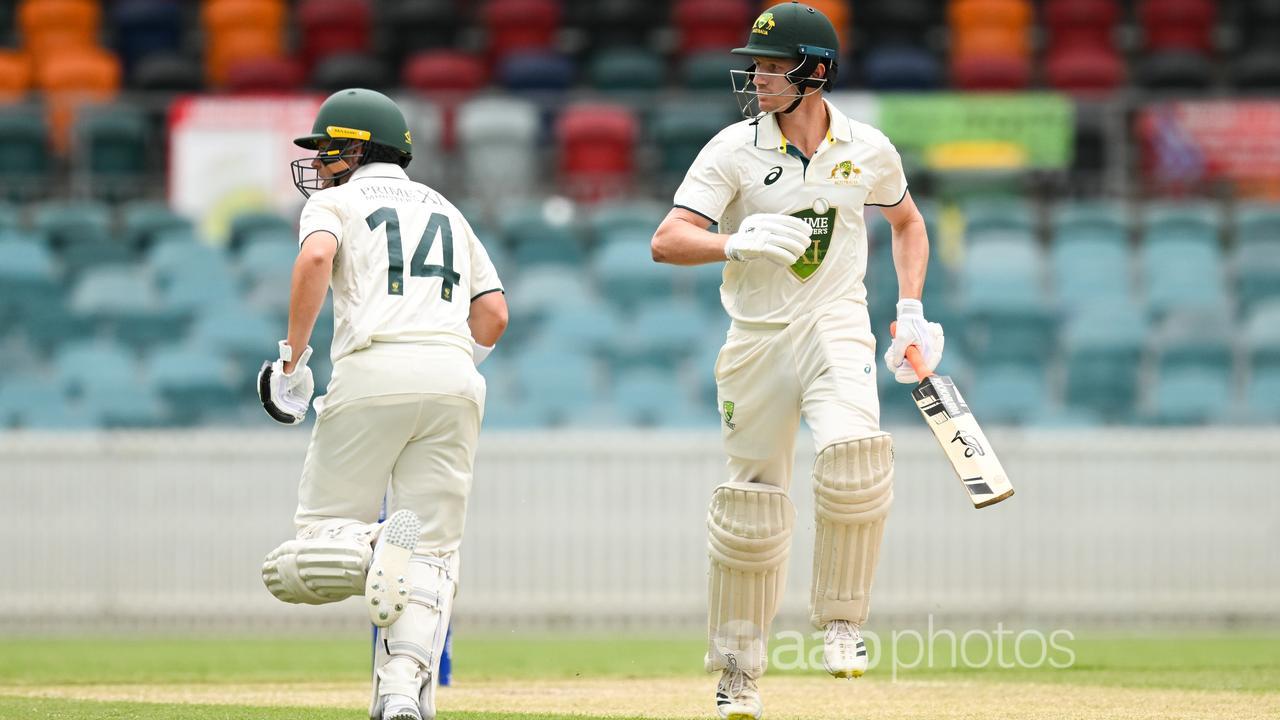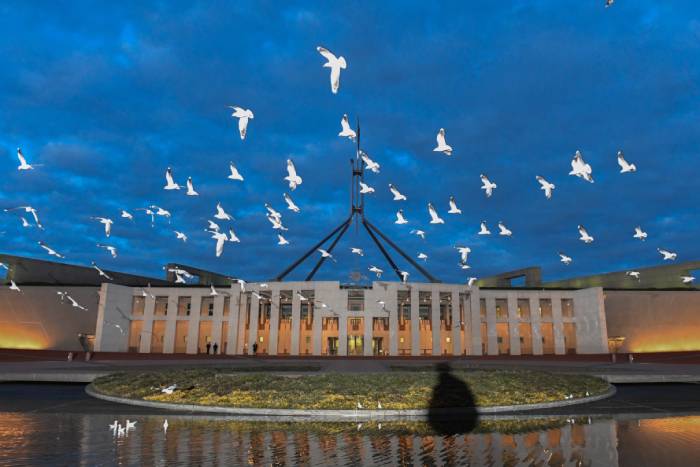Signs of life are appearing in the retail sector though the latest data does not suggest tax cuts have brought shoppers out in droves.
Thursday’s retail sales data points to household spending having passed its weakest point, with the influence of tax relief and energy bill help evident but muted.
AMP economist My Bui said the September retail report from the Australian Bureau of Statistics was important because it informed how households were responding to the extra disposable income.
Whether Australians choose to save or spend has implications for inflation and interest rates, with a substantial boost to consumption likely to add to price pressures.

The update on retail sales followed inflation numbers that revealed welcome progress but probably not enough to convince the central bank to start cutting interest rates next week.
Ms Bui said Thursday’s retail data came out slightly below economists’ estimates of a small bounce back in sales volumes.
The 0.5 per cent rise in quarterly retail sales followed falls of 0.4 per cent in both the June and March quarters, in line with a period of cooling inflation.
Yet strong population growth in that time kept spending volume per person in decline, falling for the ninth straight quarter to reach its lowest level since September 2021.
“While retail sales growth can see some upside from here, retail revenues so far are still supported by inflation and population growth, and clearly people haven’t splurged their tax cuts on goods and services,” the economist wrote in a note.
Creditorwatch chief economist Ivan Colhoun said anecdotes from retailers suggested consumers were still cautious, reflecting pressures on finances.
“The Woolworths chief executive officer today noted that shoppers were continuing to exhibit caution, selecting items on special and shopping around for specials at other retailers too, which also suggests pressure on finances,” he said.
“Thankfully, unemployment remains very low, which is an important support to the economy and consumer spending,” he added
In nominal monthly terms, retail sales gained a minor 0.1 per cent in September, a weaker result after the sizeable 0.7 per cent lift in the month before.
The 0.5 per cent lift in household goods retailing was the strongest lift over the month, with cafes, restaurants and takeaway food services up 0.4 per cent.
All other categories were down.
Home-building starts are also moving in the right direction after a long run at weak levels, lifting 4.4 per cent last month, to 14,842.
Both detached homes and apartments were higher, though unit approvals were still running well below their average rate of the past decade.
Oxford Economics Australia senior economist Maree Kilroy said mortgage rate cuts should aid the release of pent-up housing demand.
Government focus on housing policy should also become “increasingly obvious”.
“Significant question marks remain around industry capacity,” she said.
“Australia’s supply of tradies will influence the magnitude and speed of the recovery.”



















